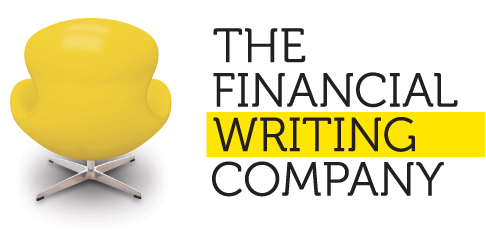Information Memorandums – What Information Should I Include?
We speak to many well meaning entrepreneurs who are looking to raise funds from investors and who are therefore needing an information memorandum.
After speaking with us for a few minutes we often start feeling a disconnect as we talk about what we would include in an information memorandum vs what the client potentially feels they would like to include to help sell the matter to investors.
Why the disconnect?
The client is thinking about marketing or finding investors and we’re thinking of risk.
Firstly, the compliance framework that exists around both structuring an offer and raising funds here in Australia is significant and it’s a no brainer that a commercial lawyer should be involved to some degree in every matter. That aside for a moment, lets consider what to include in an information memorandum.
In some instances, we are sent information memorandums that have been completed by clients and asked to ‘look at it’ or ‘fix it up.’ However, for us it’s easier to build a house than renovate one but such information is always very welcomed raw data.
With regards to what information to include in information memorandum, our dominant consideration is risk.
If funds are raised and all goes well, money is made and investors are happy, then sure, no one would raise an eyebrow or complain?
If the opposite occurs, a disgruntled investor may in fact point to any word, phrase, set of numbers or image in the information memorandum and claim to have invested based on that specific piece of information. If they or their legal team can substantiate any false or misleading information, then it’s a case for ASIC who has the power to lay criminal charges and prosecute. The easiest information to prove as being false or misleading is financial projections – hard and fast numbers that didn’t eventuate.
So what should I include?
The best approach is that taken when we are writing a prospectus which undergoes a due diligence process and needs to pass ASIC’s scrutiny prior to its public release.
Ask yourself, if required, could I validate this information, preferably using third party references? If not, then don’t include it. The risk of including information you can’t validate is just not worth the marketing kudos it may offer.
What about selling to investors?
Investors with money have money for a reason. They often disregard marketing type information and rather overlay an ‘information validating’ mindset.
Is this information true? Can it be substantiated? How can I be sure?
By only including information that can be validating relatively easily, you’re actually making it easy for investors to make a judgement call on your matter given their appetite for risk.
You won’t change an investors appetite for risk. That varies with their and their own stage of life and investment lifecycle.
You can only make it easier or harder for them to get the information they need to make a judgement call on your matter. Line up the verifiable facts in your information memorandum and let them make their judgement call.
For assistance please contact The Financial Writing Company 1300 477210.
